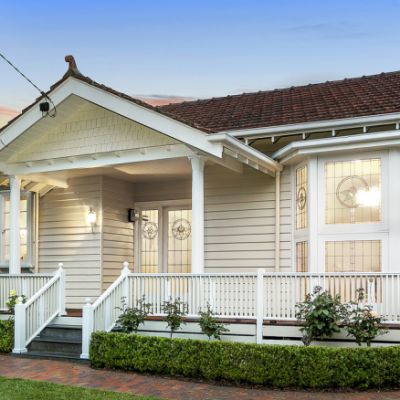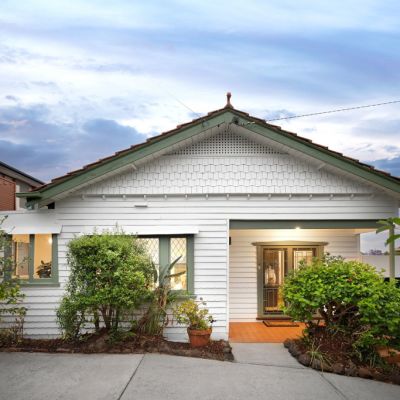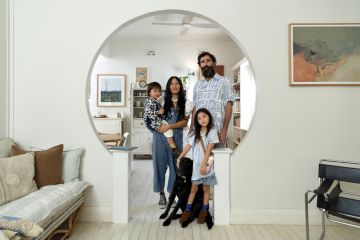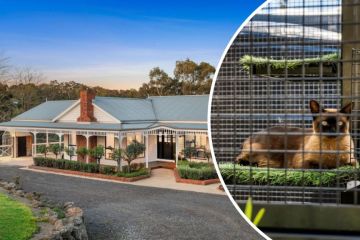Seven items to remove from your home when selling
One of the most exciting parts of house hunting is picturing yourself living in the perfect home you’ve just found, but it can be difficult to imagine that place being yours while it still feels like it belongs to someone else.
Buyers will feel the same way visiting your home when it’s on the market. Clutter and excess possessions can detract from the home and turn buyers off, reducing competition on auction day.
Real estate agents almost always recommend decluttering the home and styling it using hired furniture to highlight the home’s most desirable features.
Thinking of selling?
Moving out entirely during a sales campaign may not be for everyone, especially vendors who haven’t found their next home yet. But getting rid of items that turn buyers off will remove barriers to sale and ideally lead to a higher price.
1. Visible clutter
Decluttering is the first step and should begin several weeks before listing the home.
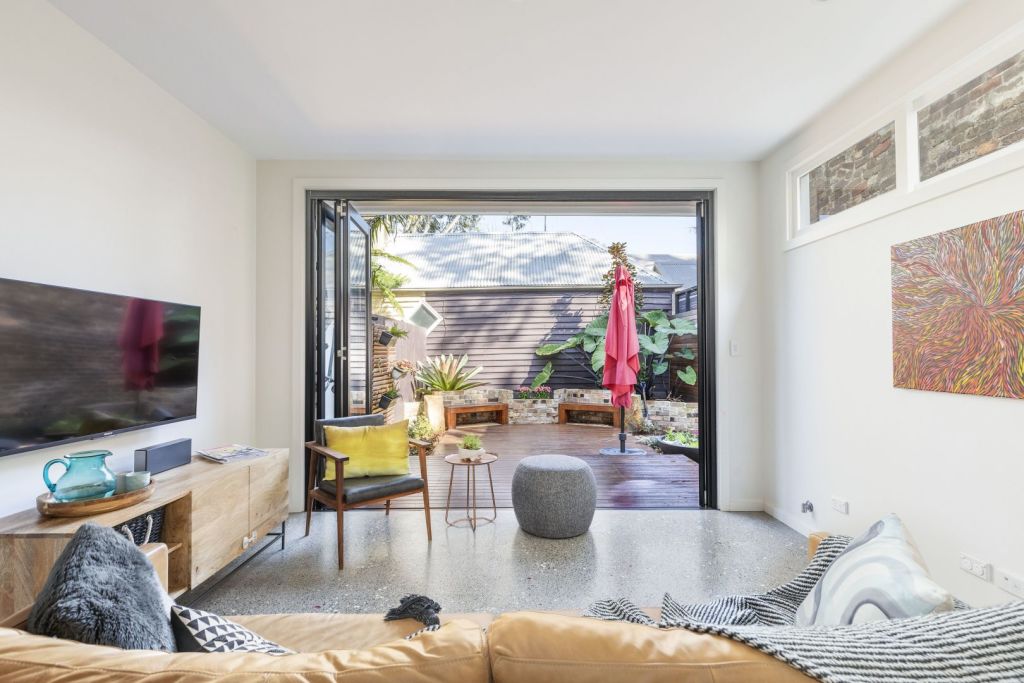
“Sellers need to ensure that it’s not over-cluttered, because sometimes that can identify that there’s not enough storage in the house,” says real estate agent Raine and Horne Newtown director Duncan Gordon.
This can mean simple tasks such as removing bulky appliances like blenders and microwaves from kitchen counters to make the space feel bigger, or clearing coats and bags from hallways and entryways to create a sense of space.
2. Quirky homewares
When it comes to styling a home, your personal taste may not match the broader market.
“The old saying is ‘keep it vanilla’,” says real estate agent and Cobden and Hayson director Matthew Hayson. “Anything that’s a bit eclectic or unusual for the property, anything that stops them to pause and sticky beak, that will distract them from the elements of the house.”
On the other hand, real estate agent Renae Dickey from BresicWhitney Glebe says when a home is furnished particularly well by the owners, it can help sell a property.
“When you see a styled property eventually they all sort of blend into one, whereas when someone does live in a home sometimes there’s a completely different energy to it,” she said.
3. Photos and personal items
Buyers want to be able to picture their family living in your home, but that becomes harder when photos of yours cover walls and fridges.
“If there’s too many family photos and too much of the vendor’s personality coming through in every room, it’s hard for the buyer to have that connection to the property,” says real estate agent and McGrath St Kilda principal Michael Townsend.
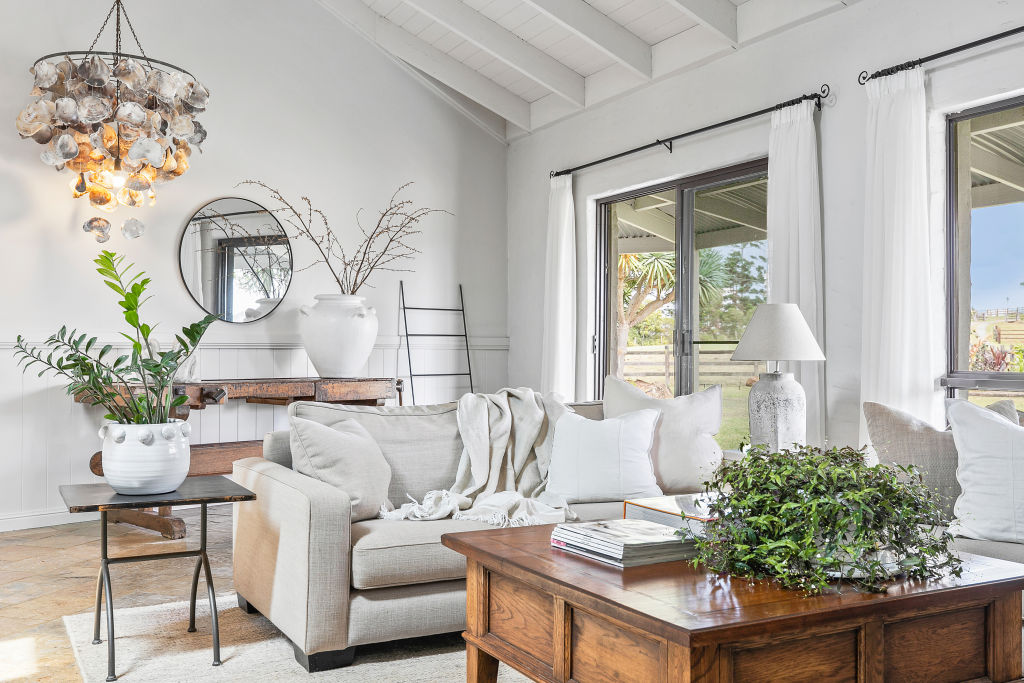
Depersonalisation should extend to private rooms of the home as well. Dickey says too many personal items on display in bathrooms can be a turnoff, so it’s best to store toothbrushes and medicines out of sight.
4. Cupboard contents
Buyers tend to take the phrase “open home” literally, opening every door, cupboard and drawer they can find. But overflowing wardrobes won’t help sell a home.
“People will look in the cupboards to be able to sense what can fit and what can’t fit,” says Dickey.
Taking a minimalist approach while the home is on the market can make it feel more spacious, says Marshall White Stonnington director and auctioneer John Bongiorno.
“Pretend that you’re going on a holiday and live with the minimal amount of items you need,” he says.
5. Pet paraphernalia
Although about half of Australian households have at least one pet, Dickey says it’s best to hide as much evidence of pets during the open home. Not all buyers are animal lovers, and pet gear can clutter the property while distracting buyers.
“If you had a dog bed there, that’s fine,” she says. “But if you have a cat climbing jungle gym, is it a house or is it a pet store?”

6. Home offices and studies
The number of bedrooms affects the sale price, so sellers should convert studies or home offices back to bedrooms before sale.
“It’s important to identify each space for what it’s used,” says Gordon. “A lot of people can’t visualise that space, they see a study and they think it’s smaller.”
He also suggests replacing single beds with double beds where space allows.
7. Backyard junk
Decluttering outside is just as important as inside. Excess building materials such as bricks and timber should be disposed of, while garden tools should be stored away discreetly.
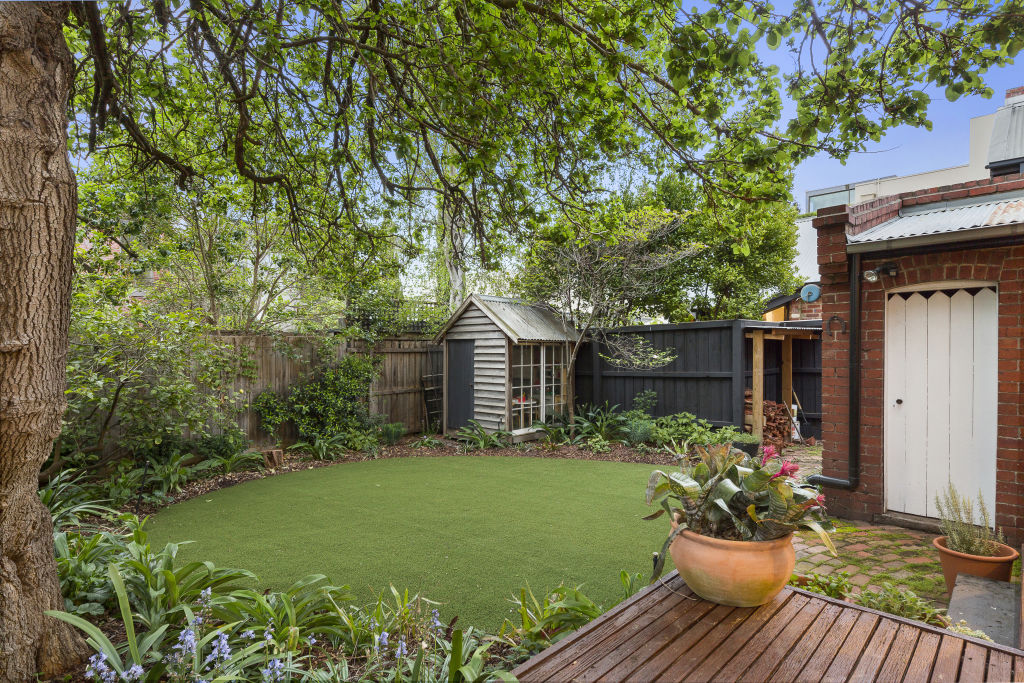
Changing trends mean some outdoor features that were once turn-offs are now popular, according to real estate agent and First National Iskander principal Tony Iskander.
“Going back 10 years, people used to hate to see vegie gardens,” he said. “Now they’re a selling point, especially with younger buyers.”
- Thinking of selling your home? Here’s where to start.
We recommend
States
Capital Cities
Capital Cities - Rentals
Popular Areas
Allhomes
More
